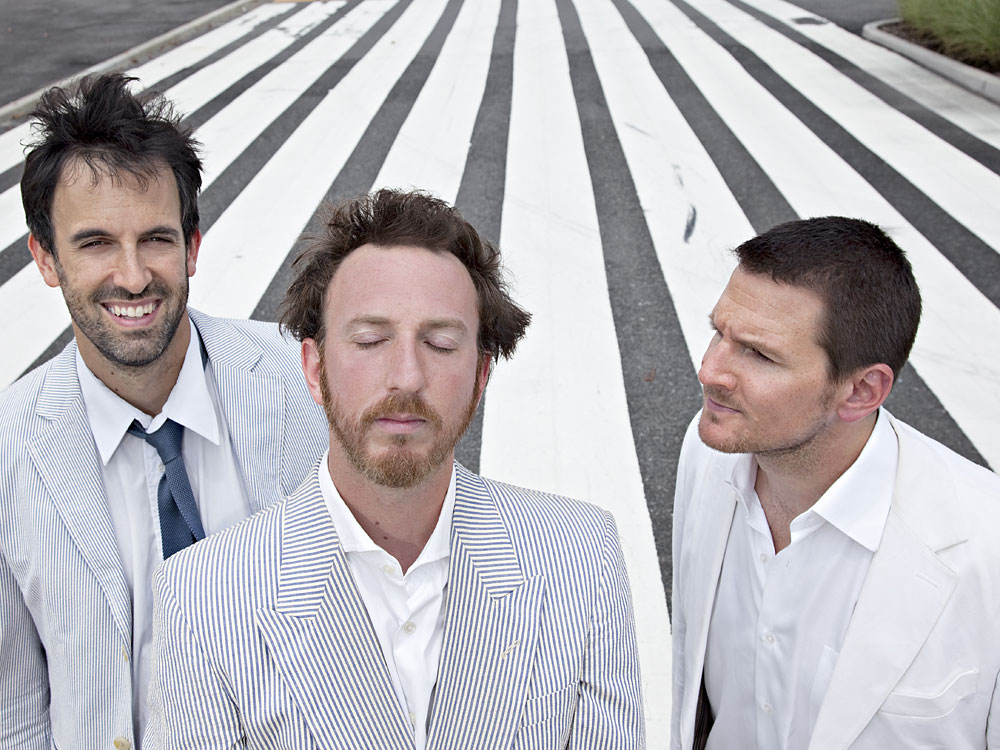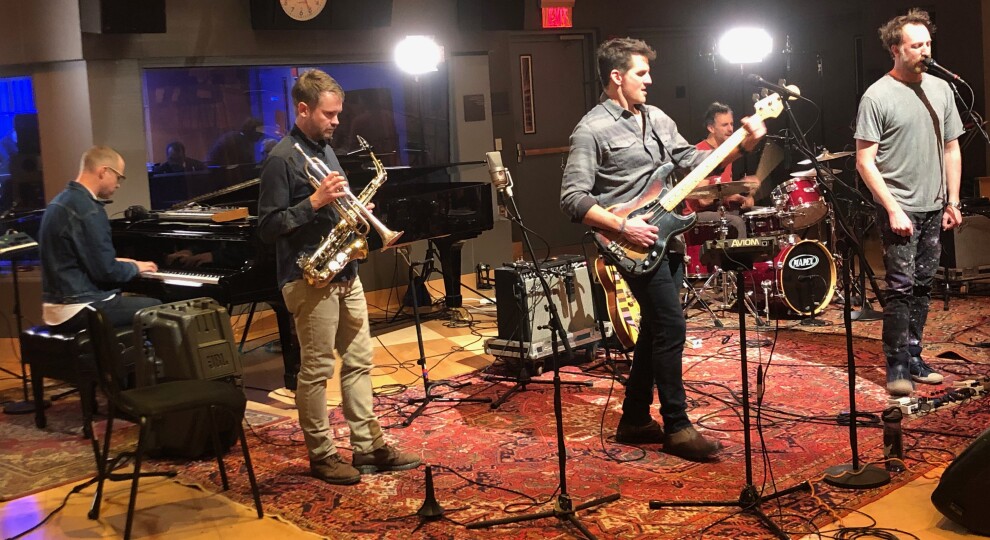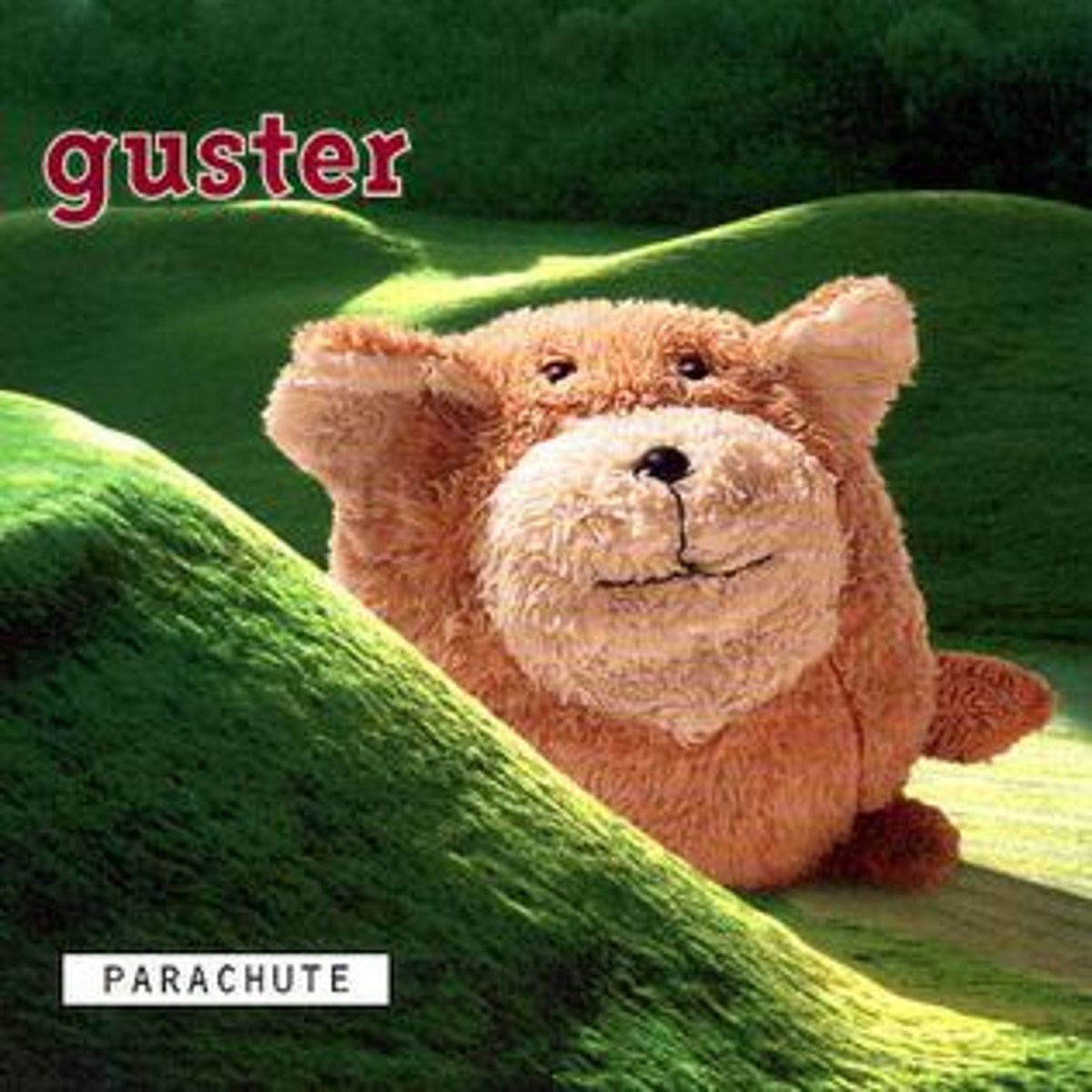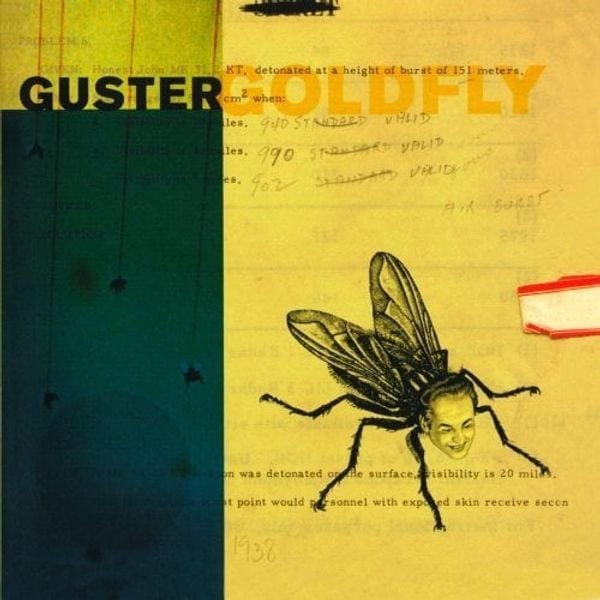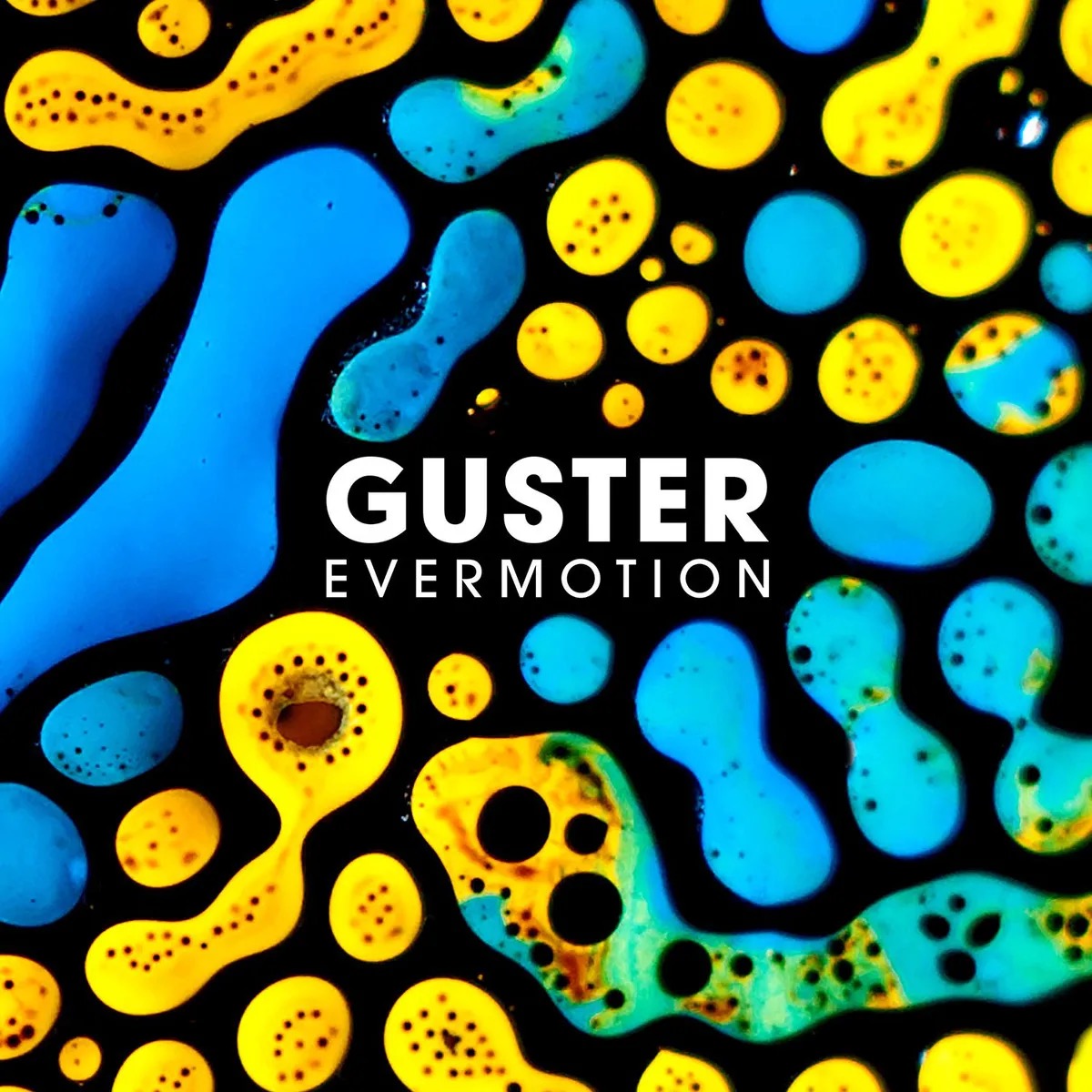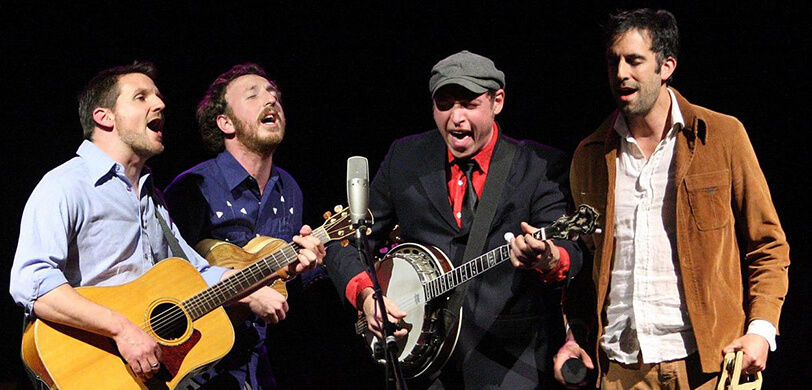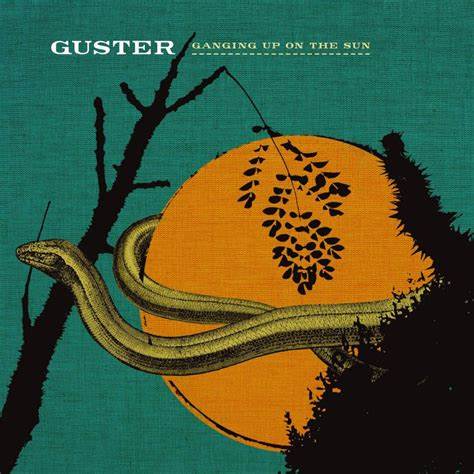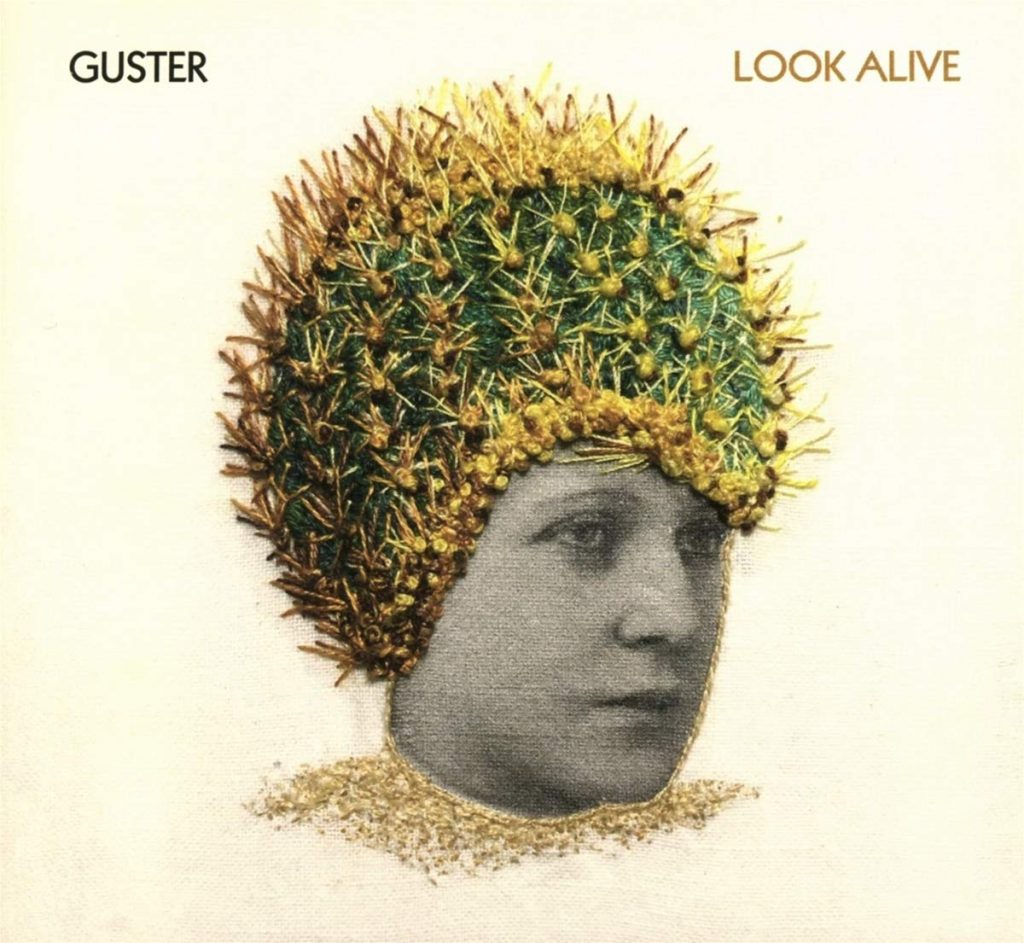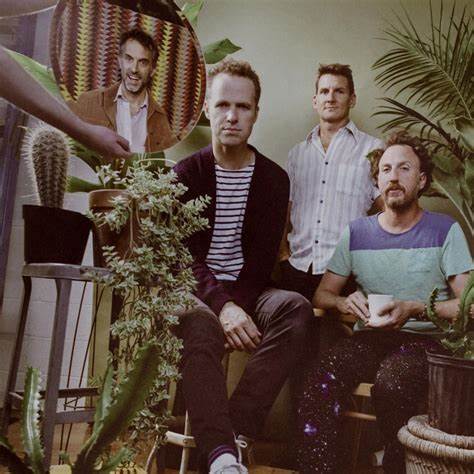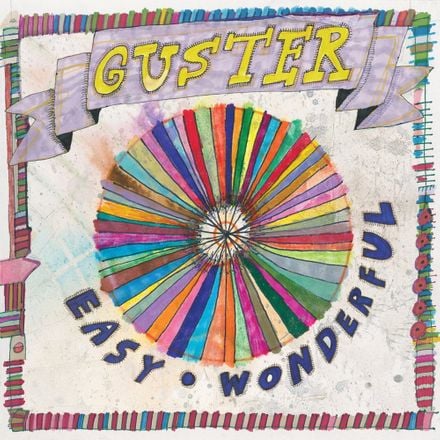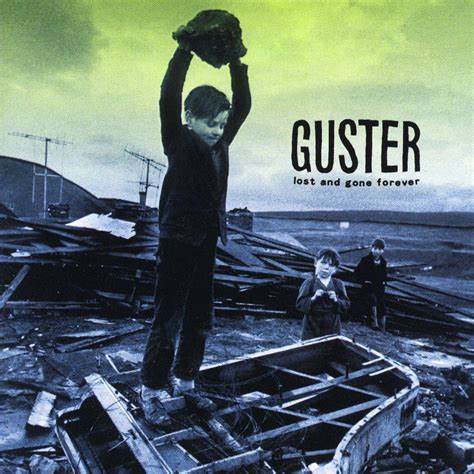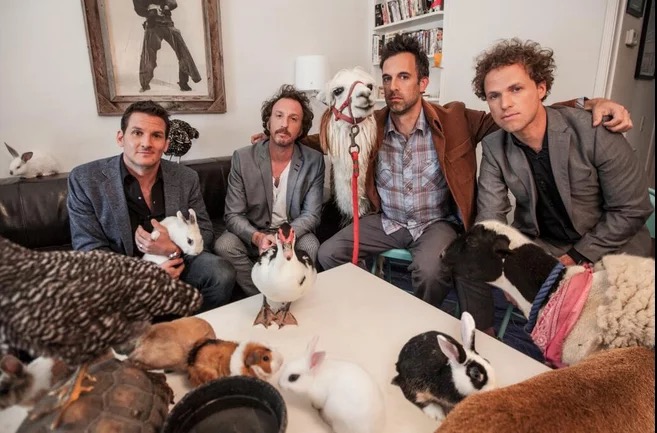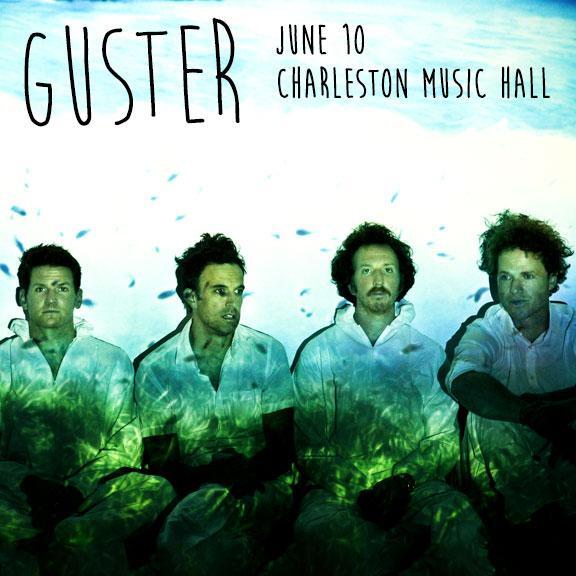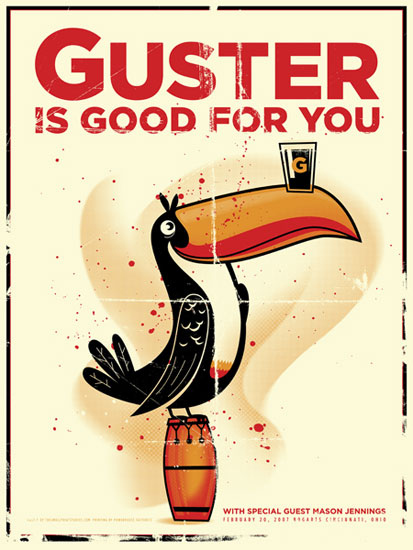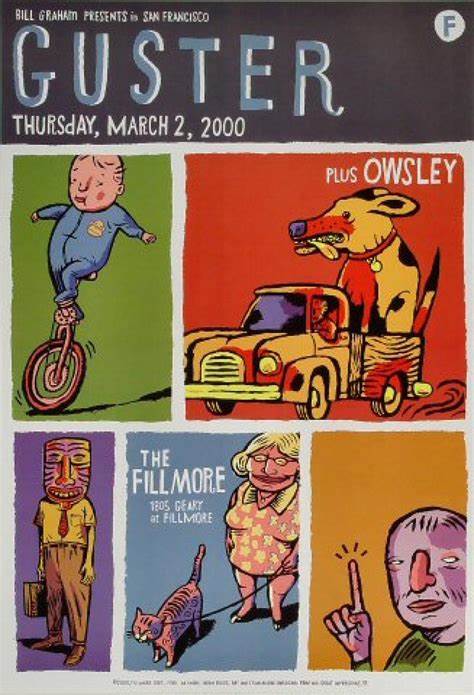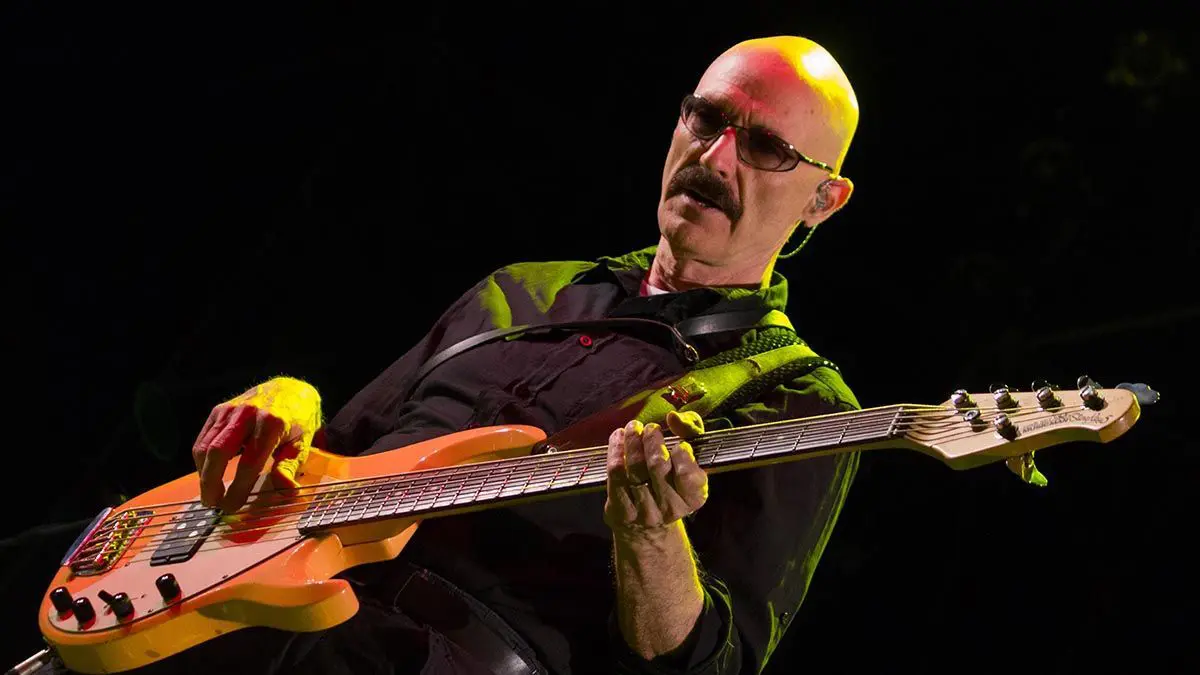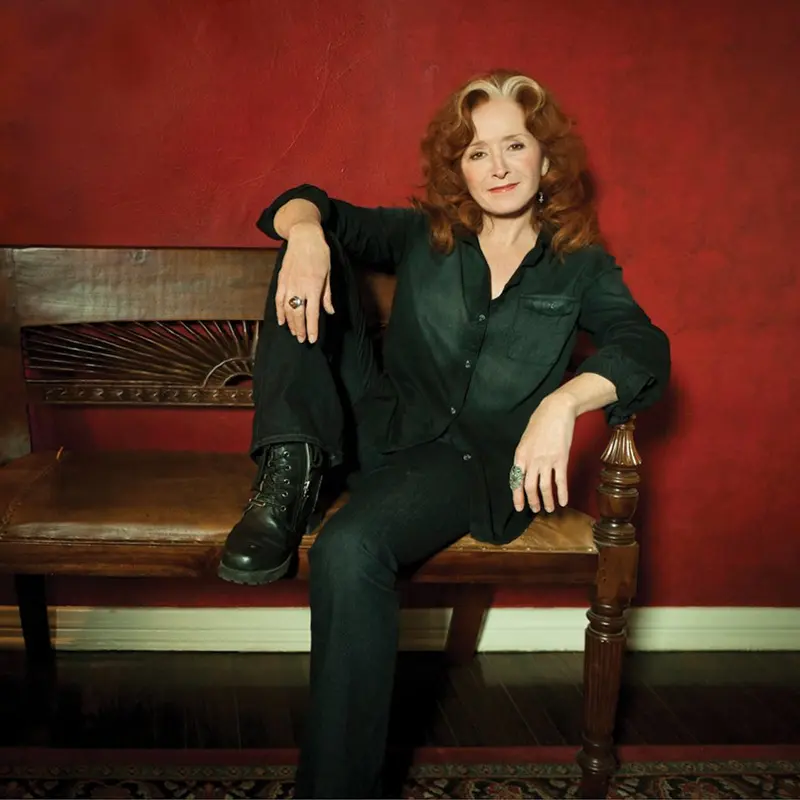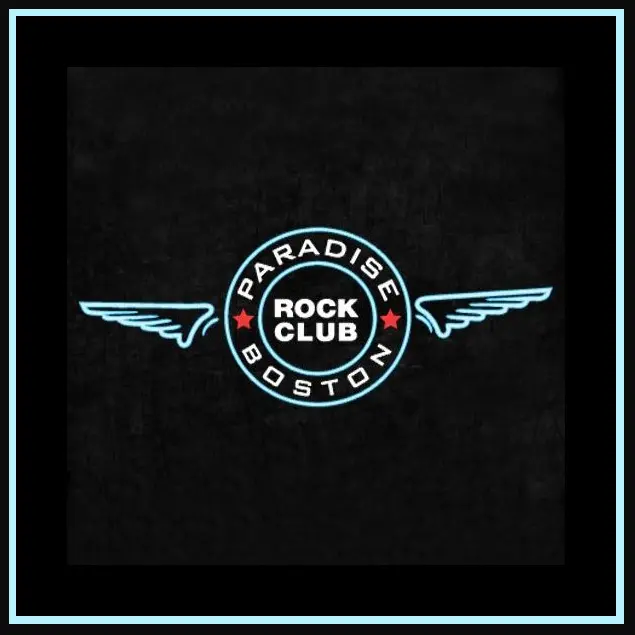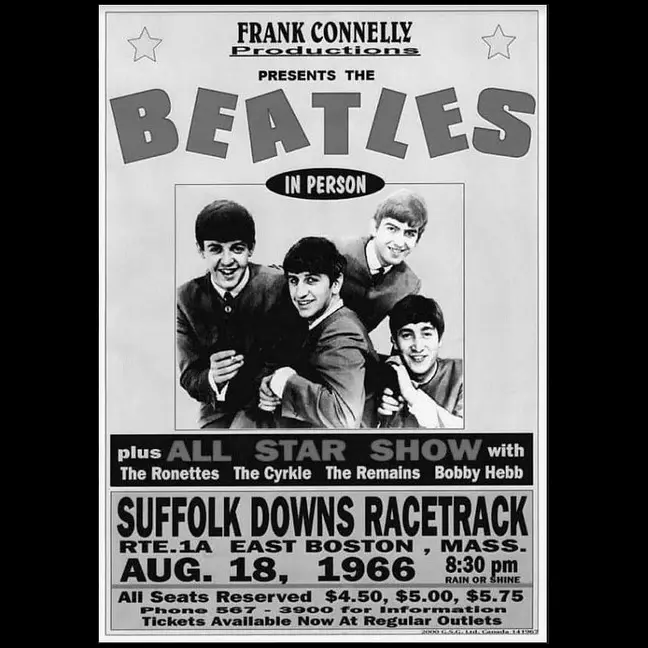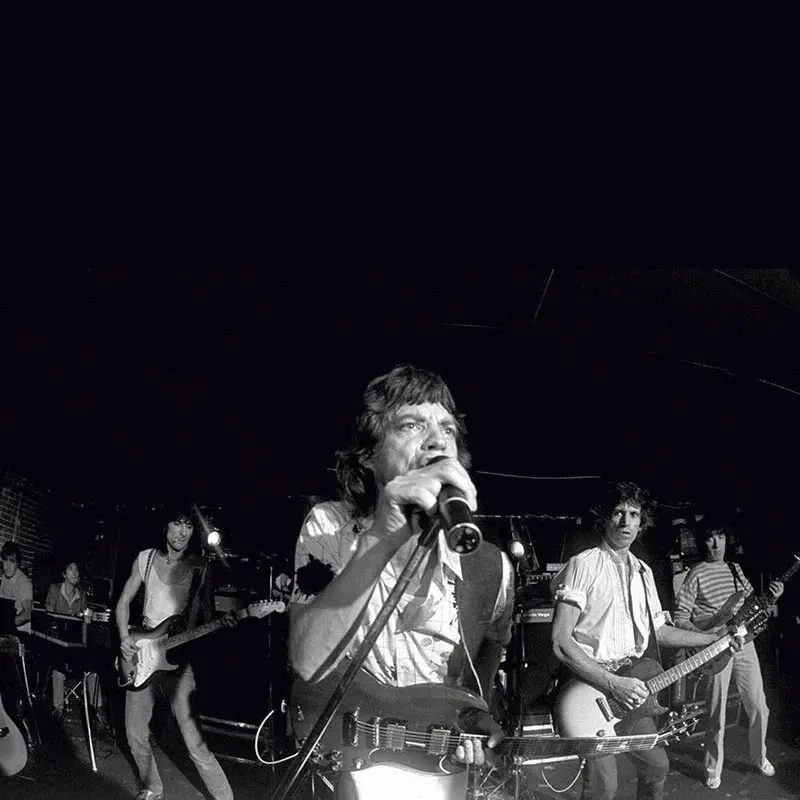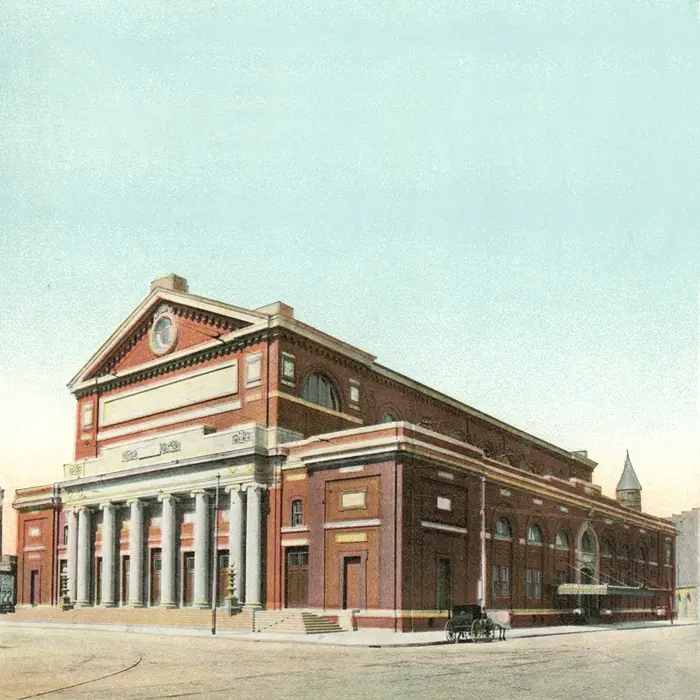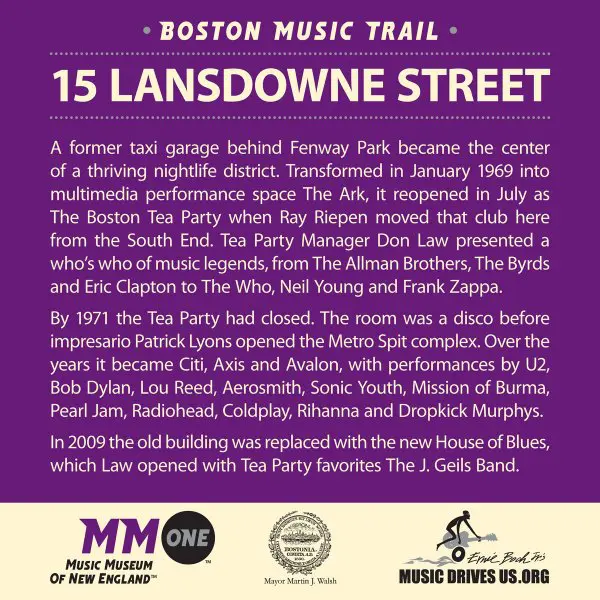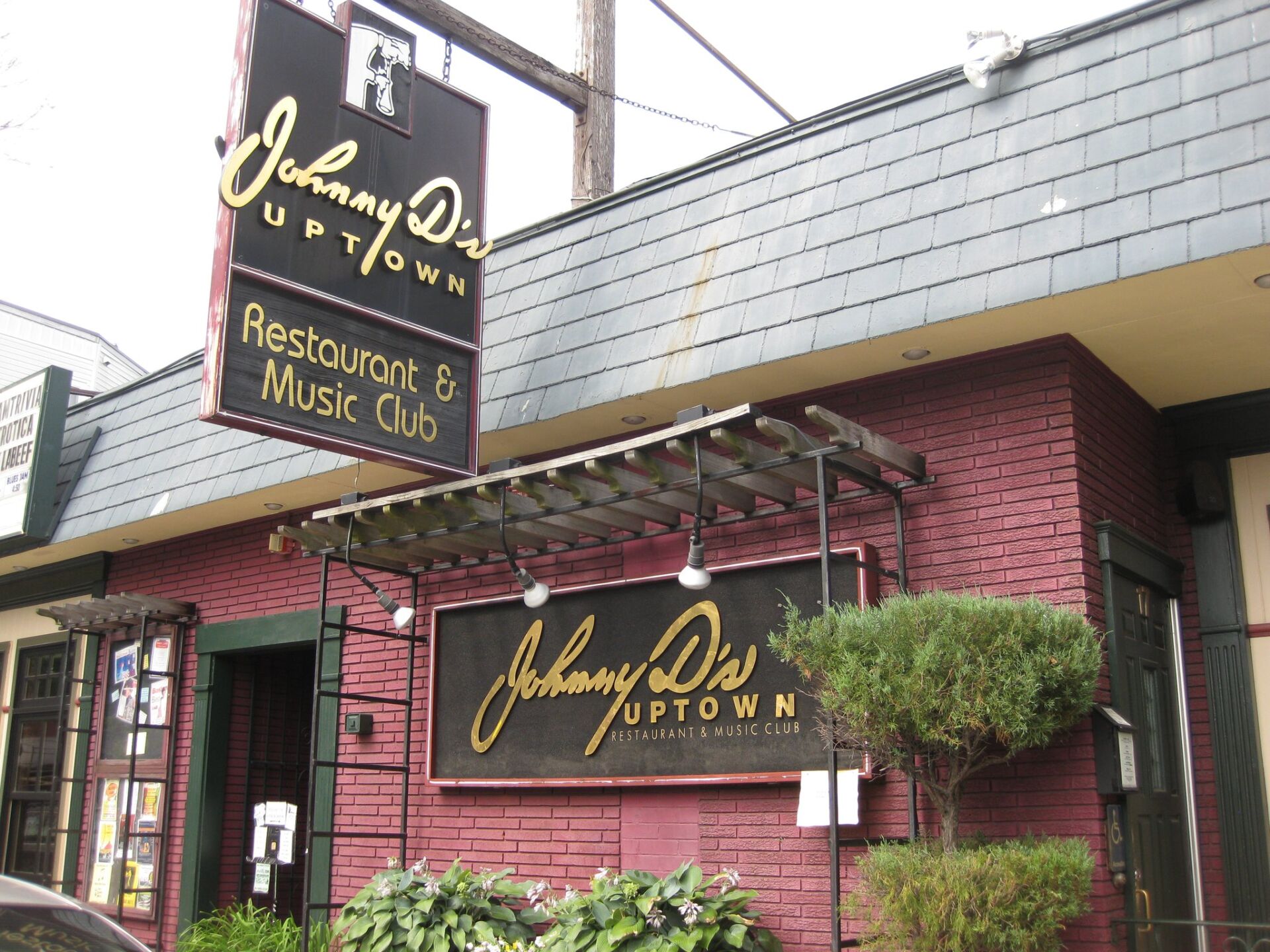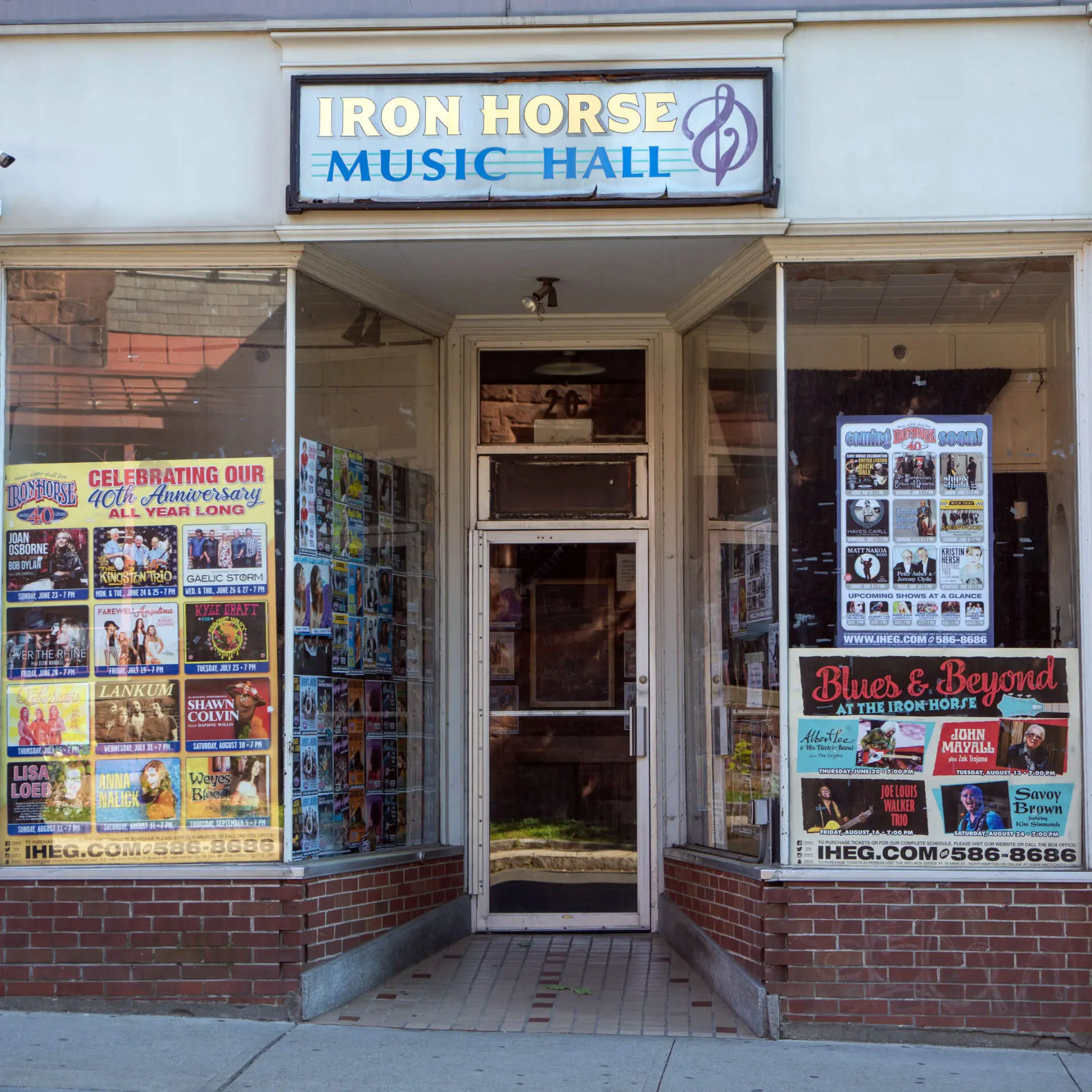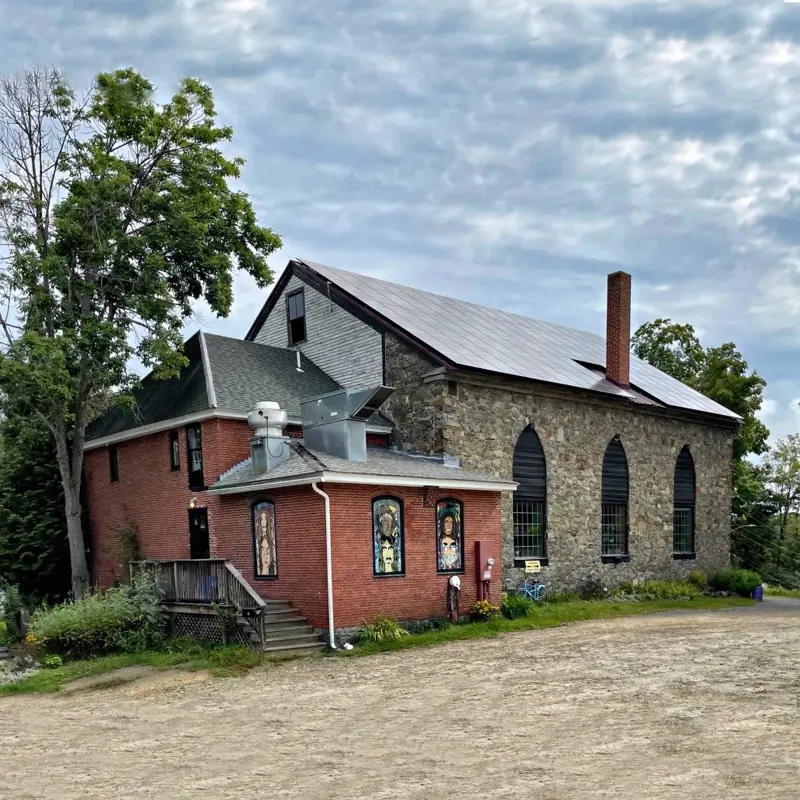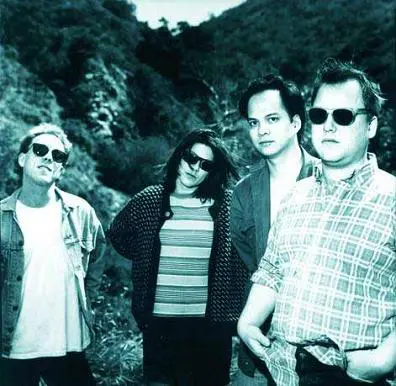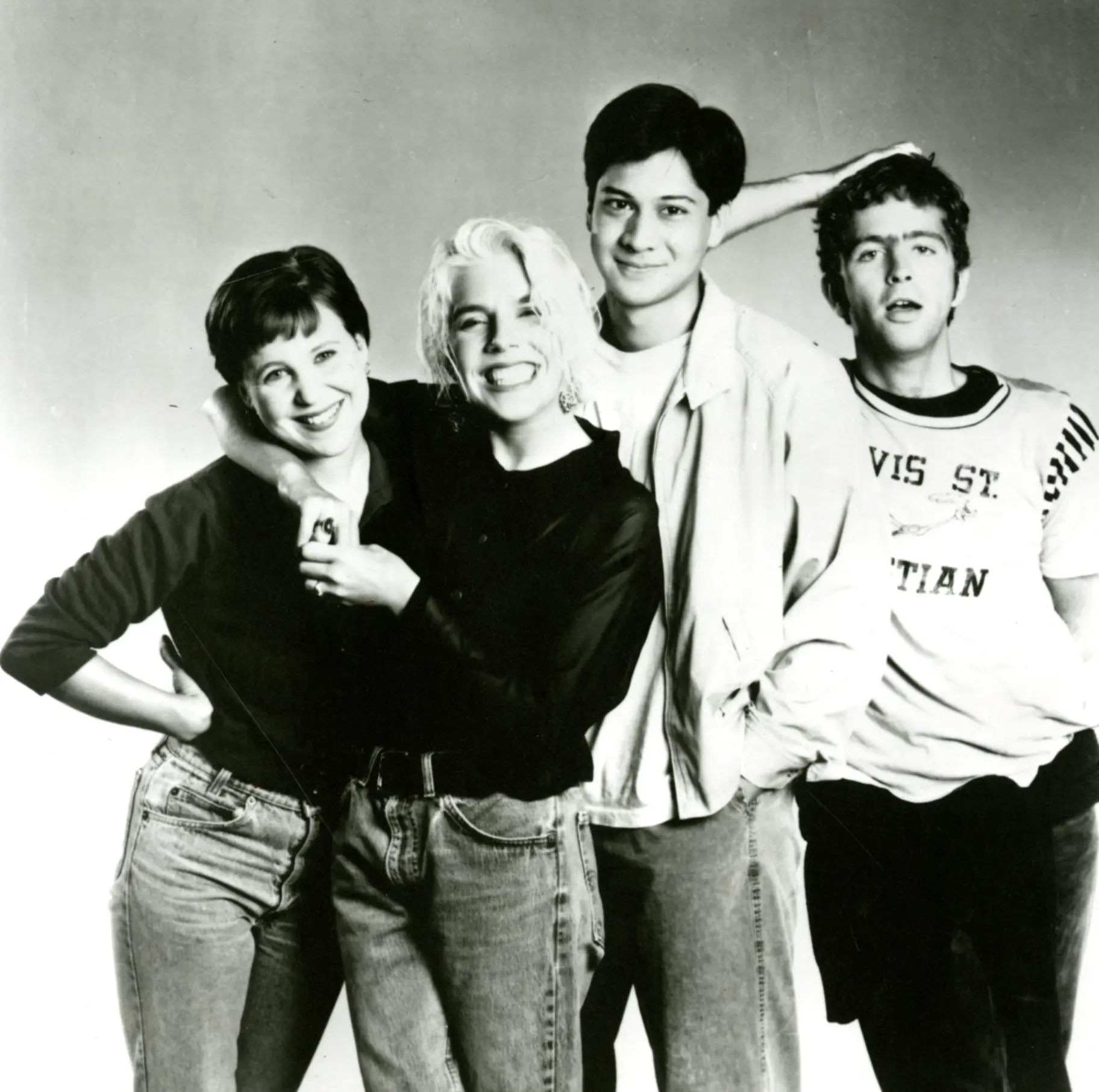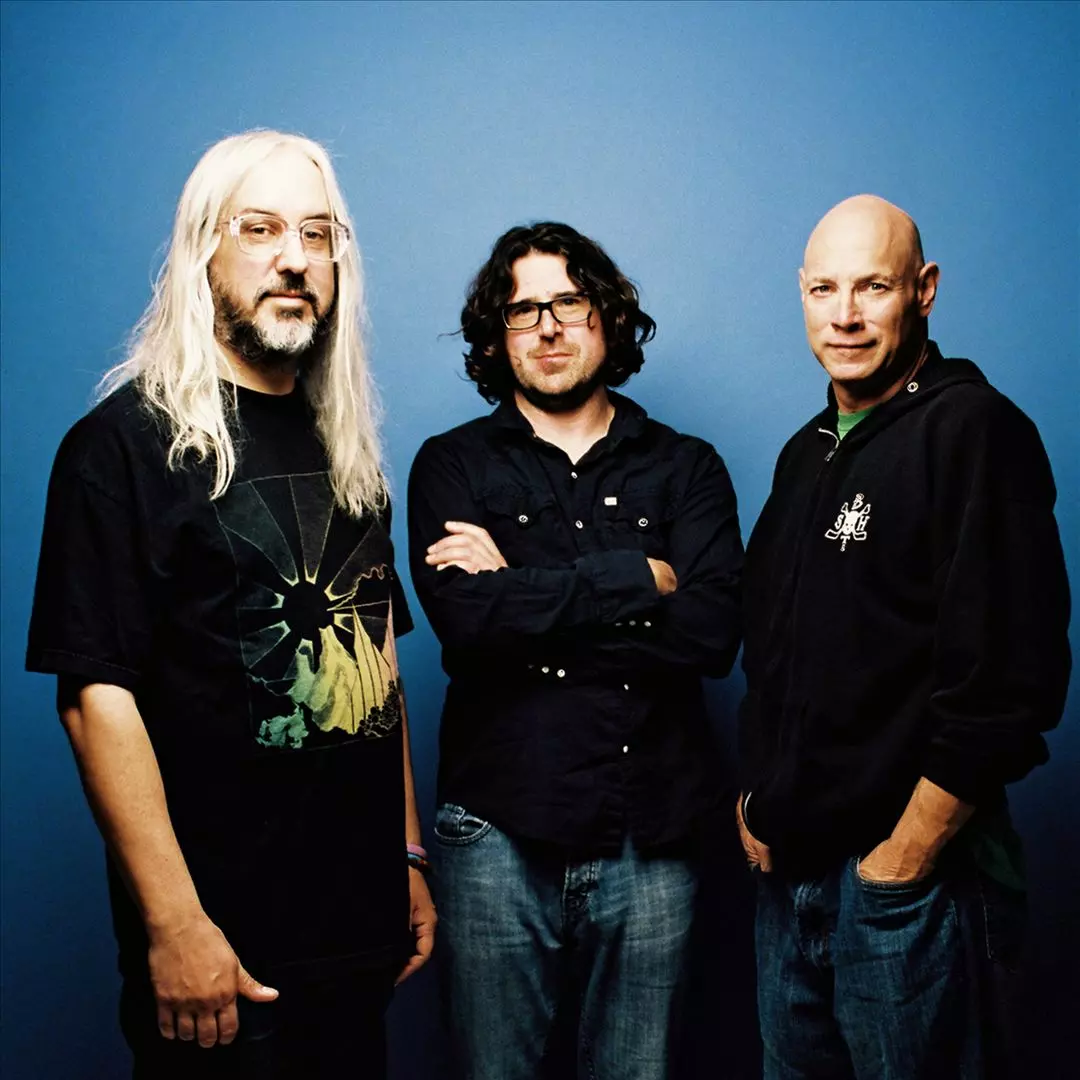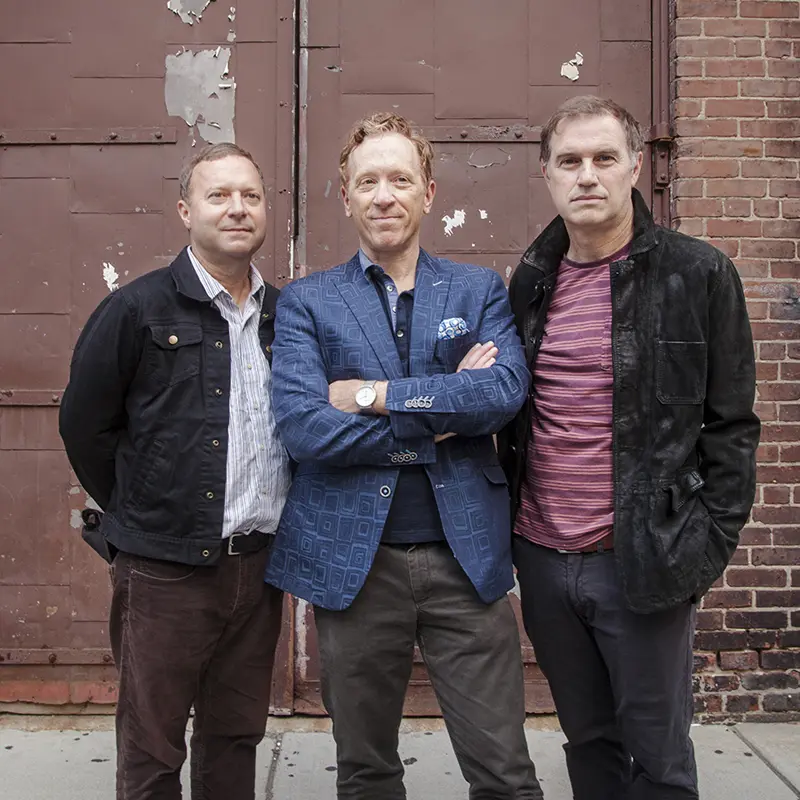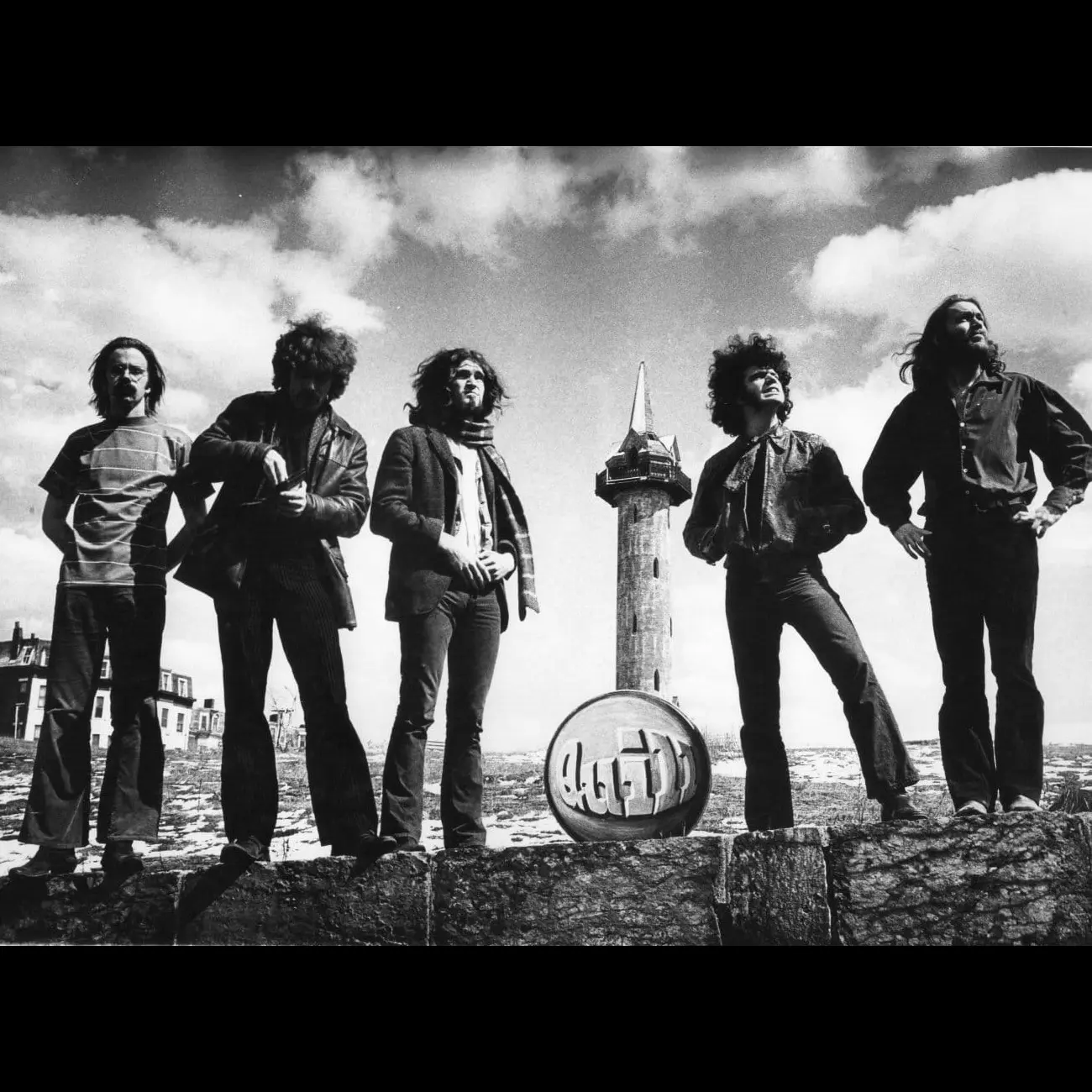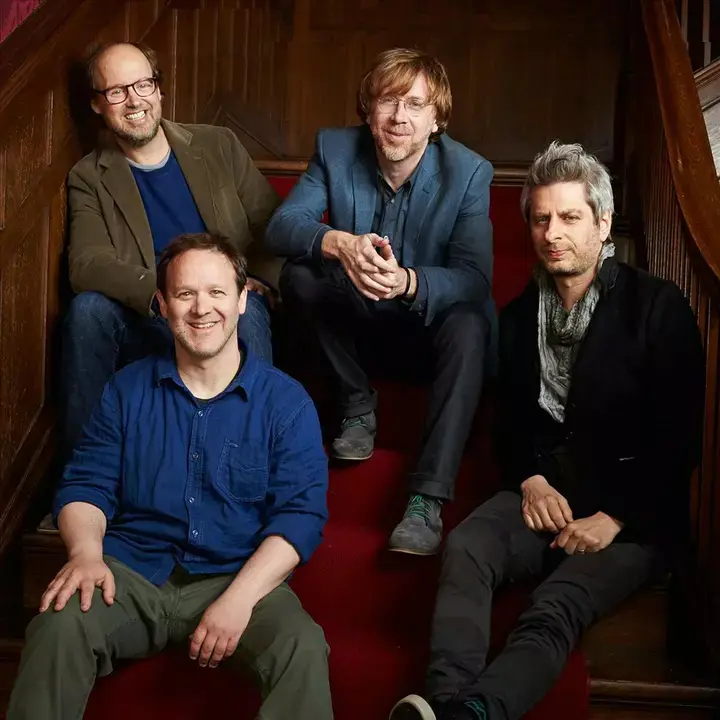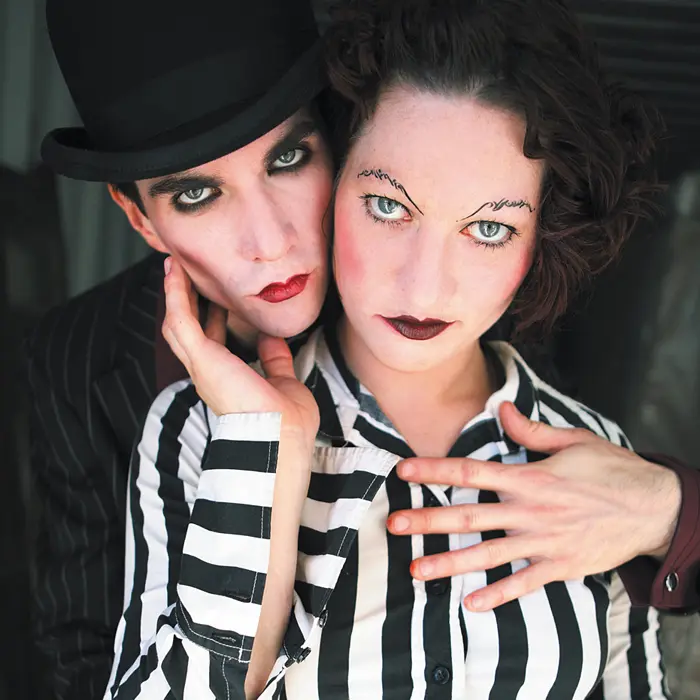Guster
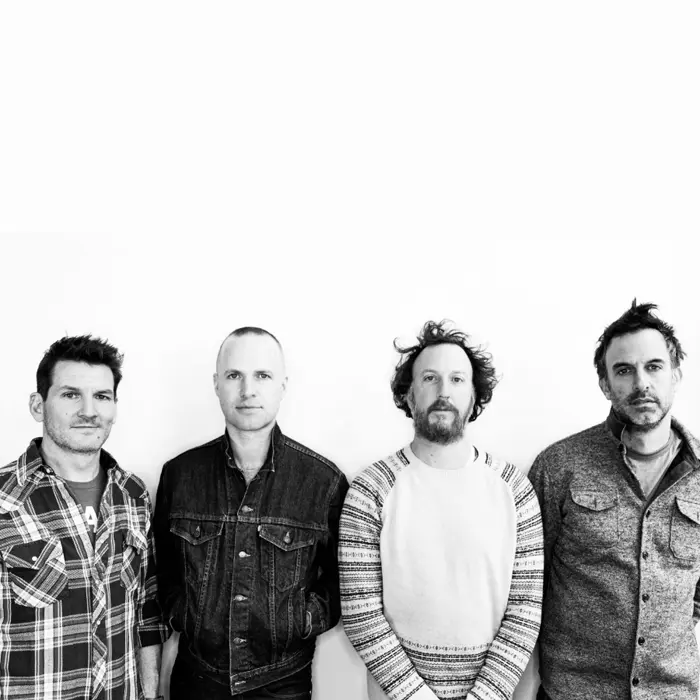
Given the band’s offbeat name, instrumentation and sound in the early 1990s, Guster fit the description of a “quirk-rock” group to a tee. And they were hardly the first to be categorized as such; think Devo and Violent Femmes circa 1981.
But no matter how critics labeled them, using those eccentric beginnings as a foundation has put them elbow-to-elbow in terms of critical and commercial success with other New England-rooted alt-rock groundbreakers like Pixies, Dinosaur Jr. and Throwing Muses. Given that, Guster would wear the quirk-rock badge proudly, no doubt. And why shouldn’t they? The key word is “rock,” which they’ve been doing – hard, loud and pretty proud – for over 30 years.
Overview
The extraordinarily flexible, highly literate musical force known as Guster has carved out a niche in the alt-rockmosphere using a rarefied blend of blue-collar basics and blue-blood sophistication. An industrial-strength earworm generator when it comes to infectious hooks, the band’s songs are chock-full of soaring choruses, rippin’ riffs and – on their first three albums – outstanding hand drumming in lieu of a drum set.
Like their Boston-based alt-rock contemporaries Buffalo Tom, Guster began as one thing – a wildly experimental acoustic amalgam of folk and pop – and by their fourth album had evolved into something else entirely – a more standard, stadium-ready, power-pop monster. Like Boston-based ‘60s band Quill, their wildly varied instrumentation – guitar, banjo, ukelele, bass, piano, keyboards, harmonica, trumpet, trombone, drums and percussion – adds an exotic flavor, but the group’s electrified edginess makes one thing abundantly clear: “world music” they ain’t; Guster is a rock outfit to the core.
The band has recorded eight studio albums, six EPs and multiple live discs and, like Phish and Dresden Dolls, maintains a liberal live-show recording policy that’s resulted in an active taping community. They often break their concerts into two sets, playing one of their albums in its entirety in the first and a mixed bag of tunes in the second.
Formation, Early appearances
Guster was formed in 1991 at Tufts University in Medford, Massachusetts, by three multi-instrumentalist freshmen: Ryan Miller (vocal, guitar, banjo, ukelele, bass, piano, keytar, harmonica), Adam Gardner (vocals, guitar, bass, keyboards, banjo, trumpet) and Brian Rosenworcel (drums, percussion, trombone). They first met in August that year, shortly before classes began in September, during an orientation program for new arrivals.
After two months of songwriting and rehearsing, they played their first gig in October 1991 (billed as Gus) at the Midnight Cafe inside Tufts’ Lewis Hall, then spent the next three years hitting the streets in and around Boston. “We busked throughout the city,” Rosenworcel told Las Vegas Weekly in 2015. “In the snow, 20-degree weather, we were out there playing at Copley [Square], at South Station, at Harvard Square and at Twin Donuts in Allston.”
By 1994, the band was playing at colleges across New England and at venues including The Middle East, Johnny D’s, Mama Kin, the Iron Horse Music Hall and The Stone Church. But the most important venue, Miller told Music Times in 2015, was Boston’s Paradise Rock Club. “It was a pretty big touring room, like 600 people [and] we kind of became the house openers,” he said. “We got to open for a bunch of major bands. That really helped us gain a foothold in Boston and kind of be seen as being beyond a ‘college band.’”
As proof of how far the band has come since their busking days, in 2005 and 2023 they played sold-out shows at the most venerated venue in New England, Boston’s Symphony Hall.
Parachute, Becoming “Guster”
In early 1994, the middle of their junior year, the band recorded their first album, Parachute, an 11-track CD they released themselves that April after pressing 4,000 copies. The Boston Globe named it Best Local Debut of 1994 and the stuffed animal pictured on the cover – one of Rosenworcel’s childhood toys that fans call “The Big Friend” – has become the group’s unofficial mascot.
About a year after the disc dropped, Los Angeles-based singer-songwriter Gus signed with Almo Records – established by A&M Records founders Herb Alpert and Jerry Moss after they sold A&M to PolyGram – so the band changed their name to Guster.
Goldfly, Lost and Gone Forever, “Fa Fa”
In 1996, they recorded a second album, Goldfly, which sold some 20,000 copies before landing them a deal with Sire Records. The label reissued the LP in 1998 after remixing it and there are now three versions: the original, with a hidden song, “Melanie,” before the first song; the Sire remix, with “Melanie” as track 11; and one given to members of Guster’s rep program with “Melanie” as the first track and “Getting Even” and “Bury Me” combined as a single track.
In a dramatic shift from producing themselves, the band recorded their third album, Lost and Gone Forever, with producer Steve Lillywhite (U2, Peter Gabriel, The Rolling Stones). Released in September 1999, the 11-track outing is flush with strings and horns and – in a major change – Rosenworcel plays a drum kit on several songs instead of using only his hands and bongos as on the band’s first two LPs.
The album, its name taken from the chorus of the folk standard “Oh My Darling, Clementine,” peaked at #169 in the Billboard 200 but the single “Fa Fa” reached #26 in Billboard’s Adult Top 40 ranking. That single, which features guest bassist Tony Levin, put Guster on the national map. In 2012, Paste magazine put Lost and Gone Forever at #79 in its list of best 1990s albums.
Keep It Together, The Meowstro Sings, Guster on Ice
After leaving Sire for Reprise, the group recorded Keep It Together, another big step away from their quirky beginnings, particularly since Rosenworcel played a drum set on every track. Multi-instrumentalist Joe Pisapia make his first recorded contributions (banjo, vocals) and joined full time shortly after the sessions, making the band a quartet. Released in June 2003, the album peaked at #35 in the Billboard 200 and two singles made Billboard’s Adult Top 40 chart, “Amsterdam” (#20) and “Careful” (#30).
The group recorded another version of the Keep It Together called The Meowstro Sings: Guster’s Keep It Together on which they replaced the vocals with simulated cat meows. They released what’s commonly called “the meow mix” online only in an attempt to thwart illegal file sharing of Keep It Together. In December 2003, the band recorded the 32-track, two-disc DVD Guster on Ice live over two nights at the State Theatre in Portland, Maine, which was Pisapia’s debut appearance as an official part of the group. Warner Reprise Video released it in May 2004.
Ganging Up on The Sun, Boston Music Award, Easy Wonderful
The band recorded what Slant magazine called “easily the band’s most sonically adventurous album to date,” Ganging Up on the Sun, in early 2006. Released in June, it won Album of the Year at the Boston Music Awards despite receiving mixed reviews. Between January 2007 and October 2009, Guster didn’t appear live with the exception of a benefit gig for President Barack Obama in October 2007.
In October 2010, Universal Republic released their sixth studio album, Easy Wonderful, which went to #2 in Billboard’s Alternative Albums chart and peaked at #22 in the Billboard 200. Calling the disc “yet another solid album,” AllMusic’s Tim Sendra confirmed the band’s transition from quirkiness to full-on pop. “Guster are a pop band, pure and simple,” he wrote. “A tuneful, thoughtful and consistently good pop band whose albums are reliably full of sweetly tender lyrics…and an overall feeling of warmth and peacefulness.” The album was Pisapia’s last with Guster; he joined k.d. lang’s band and was replaced by Luke Reynolds of Nashville-based Blue Merle.
Evermotion, Guster Day, Look Alive, Omaga!
After nearly five years out of the studio, the band recorded Evermotion, another heavily produced album light years away from their early material. Released in January 2015 through a partnership between Guster’s own label (Ocho Mule) and Nettwerk Records, it soared to #2 in Billboard’s Alternative Albums chart and peaked at #32 in the Billboard 200.
Calling it “airy’ and “winsome,” The Boston Globe’s Sara Rodman wrote that the album was “rooted in in three key Bs – Beatles, Beach Boys, and Bacharach – with a twist of psychedelia and contemporary joy and angst.” Two days after the its release, Boston Mayor Marty Walsh declared January 15 Guster Day in the city.
In January 2019, almost exactly four years after Evermotion dropped, Ocho Mule and Nettwerk released the band’s eighth and most recent studio album, Look Alive, recorded in a vintage keyboard museum in Calgary, Alberta. Far and away the band’s most electronica-influenced disc, it went to #1 in the Billboard Independent Albums chart. In February 2019, the group recorded the 11-track live LP OMAGAH! Guster with the Omaha Symphony at the Holland Performing Arts Center in Omaha, Nebraska.
Unique live shows, On-stage humor, Reverb
True to the band’s quirky roots, Guster’s live shows are renowned for a variety of distinctive elements. As one example, drummer Rosenworcel often sings covers of tunes ranging from Phil Collins’ “In the Air Tonight” to the Cheers theme song in encores, moving from behind his drum set to take center stage. In another, it’s traditional for audience members to throw ping-pong balls at the stage at the end of “Airport Song” (from the Goldfly album) in reference to the original recording where people playing table tennis can be heard in the background.
Guster has made humor a defining element of their live shows for decades. As a trio, they opened a number gigs as The Peace Soldiers, each ironically clad in full-on “redneck” attire. As a quartet, they’ve taken the stage as a hippy jam band called Trippin’ Balls. In 2001, they started their shows with an empty stage while the music to The Price is Right played. As an announcer called each band members’ name – using the show’s signature phrase “Come on down!” – they ran up from places they’d hidden in the audience acting like contestants, shocked, thrilled and screaming with joy that they’d been “selected.”
Guster is well known for its championing of environmental causes and in 2004 Gardner and his wife co-founded REVERB, an organization dedicated to making concert tours and the music business at large more environmentally sound. The nonprofit has worked with Bonnie Raitt, Dave Matthews Band and a host of other artists.
Comments on fame
Asked in a 2019 interview with Montreal Rocks how it feels to have become a world-famous band after such humble beginnings on the streets of Boston, Ryan said he and his bandmates have never wanted to present themselves as anything other than who they really are. “You can posture as a rock star and be Rihanna, Beyoncé, Kanye [West] or [Radiohead’s] Tom Yorke and that’s really cool. You can have this mystery about you,” he said. “We just never went that way, we went the opposite way. We bring our kids on stage once a year. We pretty much lay it out there.
“That was the only way we knew how to do it. It helps ingratiate you with your fans when you are just like, ’This is us.’ They feel like they know you. And they kind of do, in a way.”
(by D.S. Monahan)

